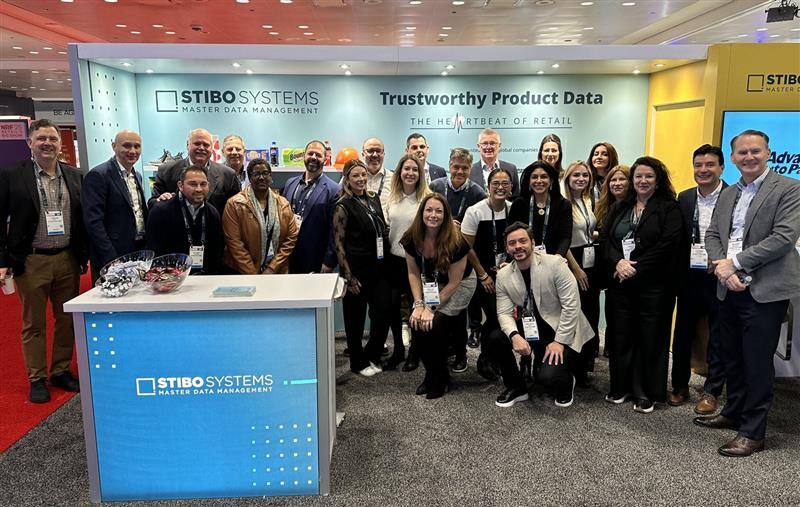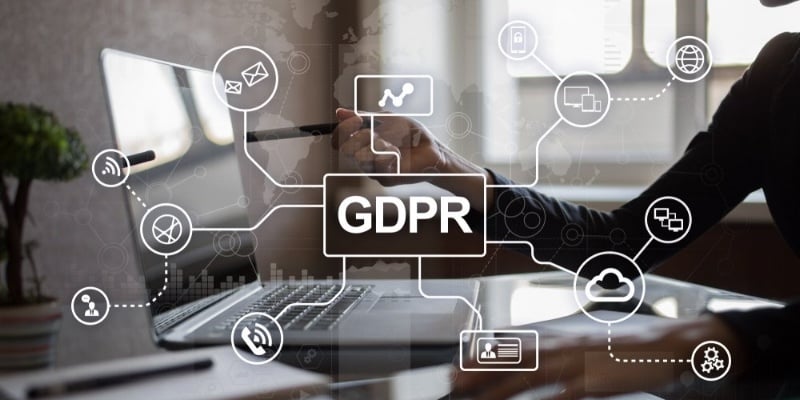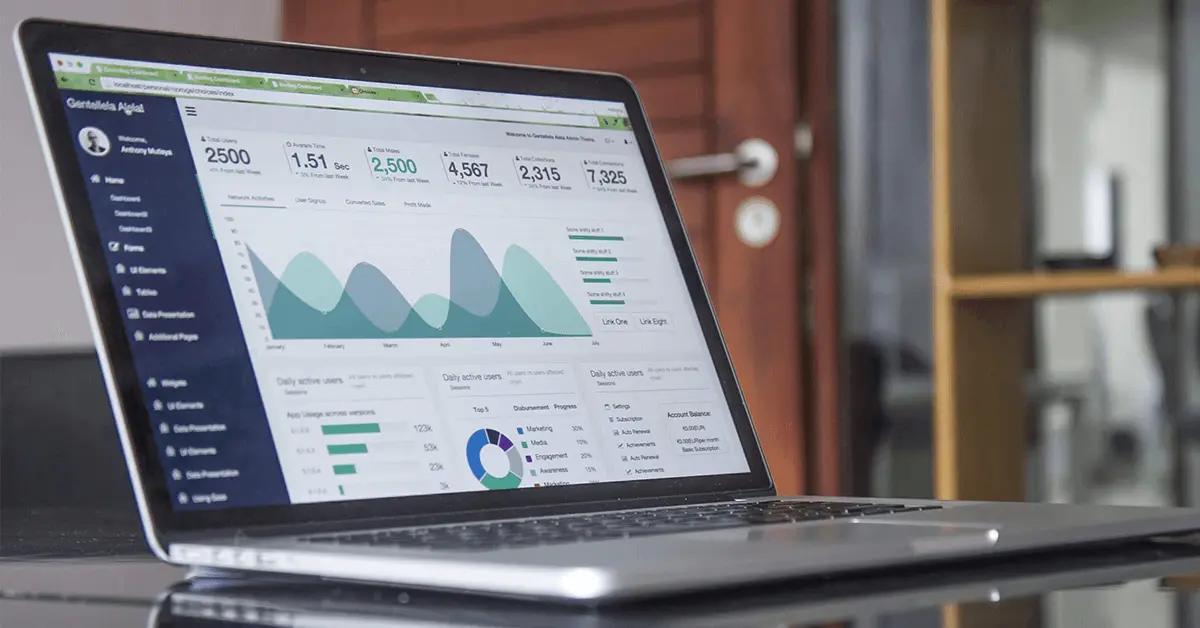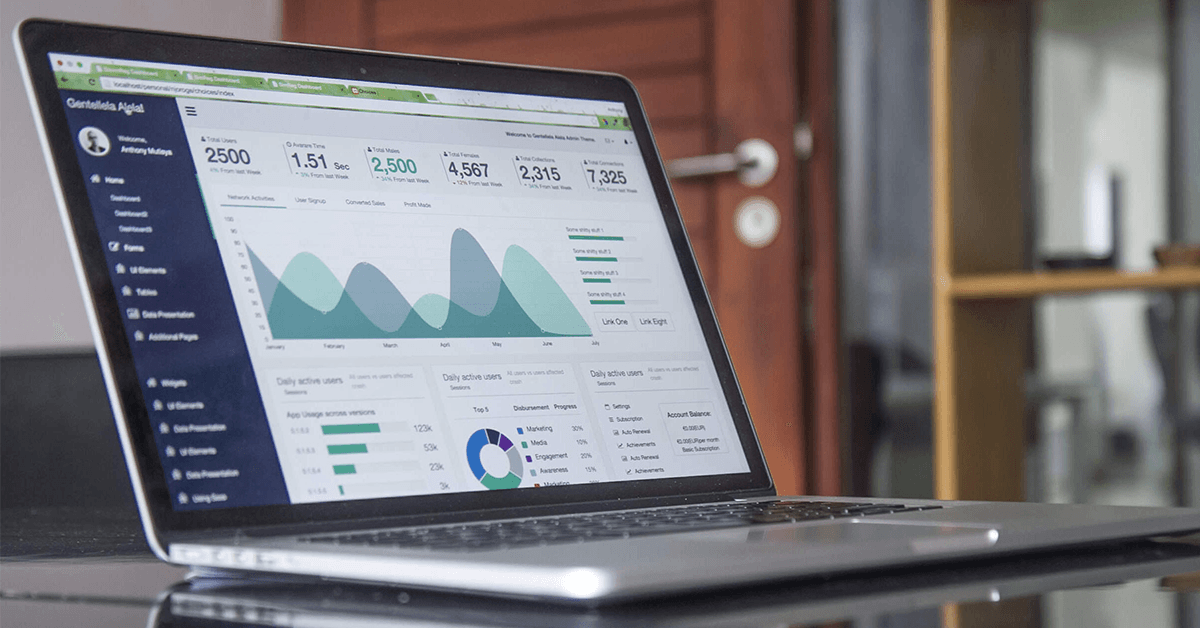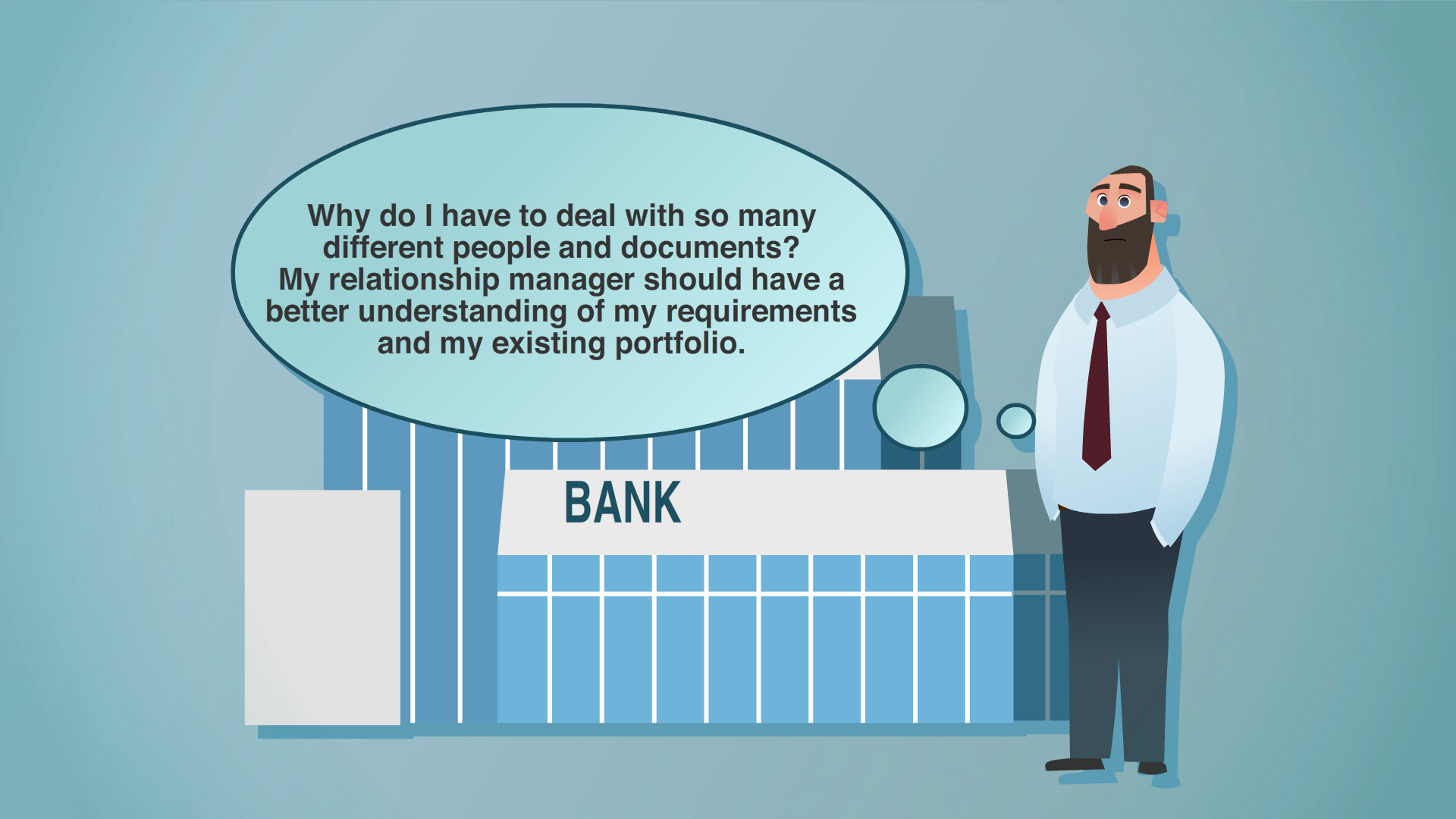When data is the very foundation of your business, poor-quality data are cracks in that foundation.
And as the poor-quality data deteriorates over time (which it will if you don’t actively prevent this), the cracks expand and the whole thing starts crumbling.
The effects may be small at first, but eventually, the consequences may be catastrophic.
- Misinformed decisions
- Frustrated customers
- Missed opportunities
- Compliance nightmares
These are just a few of the pitfalls, and you can’t really afford any of them. But there is a certain framework – a set of best practices – that you can follow to make sure those cracks never appear. Your business will remain intact and thriving. And you will have peace of mind, safe in the knowledge that you are doing what needs to be done to secure the quality of your data. Let’s get to it. First: an important look at what we mean by data quality.
What we mean by data quality
When we talk about data quality, we refer to the completeness and accuracy of the data that you hold as part of your organization's critical asset. That this data is complete and free from errors. It also refers to your data's:
- Consistency – that it is uniform in all datasets
- Timeliness – that it is up-to-date with the latest information
- Relevance – that it contains the necessary information.
There are numerous definitions of the dimensions of data quality, and there are potentially dozens of measures you can apply depending on the purpose. But what all this boils down to is: “Is the data fit for purpose”.
The most common data quality issues
Even with the best intentions, data quality issues can creep into any system. These errors, often subtle, can wreak havoc on your operations if left unchecked – from inaccurate data entry to outdated information. These problems hinder decision-making, erode trust and ultimately impact your bottom line.
Typically, the problems are:
- Inaccurate data entry
- Duplicate records
- Conflicting data
- Inconsistent data formats
- Outdated information
The 2022 Global Data Management Research Report by Experian revealed that 85% of organizations indicated that poor-quality data negatively impacts their operations.
Now that we have established some of the basics around data quality, let’s dig into those steps you can take to make sure you maintain high-quality data in your systems.
8 Best practices for monitoring data quality
Before we start: always remember that at a very fundamental level, you need to create robust data management practices and regular audit strategies to solve common data quality issues.
Having said that, let us now dig into eight of the most effective practices for data quality monitoring, all of which can improve processes and your organization’s success potential.
1.Establish data quality metrics
You can't improve what you don't measure. Establishing clear, quantifiable data quality metrics is the cornerstone of any effective monitoring strategy. They give you crucial insights into its overall data health. Key metrics might include:
- Accuracy
- Completeness
- Consistency
- Timeliness
- Relevance
Define and track these metrics. They are your baseline benchmarks and targets that help proactively identify and address issues before they snowball.
Without them, you fly blind and won’t know if your data management efforts work, and you can’t make informed decisions.
If you want to learn more about specific KPIs and metrics you can use to measure your data quality, here is a good primer.
2. Implement data quality tools
In the digital age, manual data quality checks are simply unsustainable. You need specialized data quality tools that can automate tedious tasks, flag errors and simplify your overall monitoring process. (Here is how to find the right data quality tool)
These tools come packed with data quality features, such as:
- Profiling
- Cleansing
- Parsing
- Standardization
- Validation
- Matching
- Business rule checking
The tools help you maintain data integrity at scale, so invest in the right ones. It’s faster, you reduce human error and let your team focus on strategic initiatives rather than firefighting data issues all day long.
3. Automate data quality processes
In the previous section, we briefly mentioned that many data quality tools let you automate aspects of your data quality work. Well, that’s such an important point that it is worth zooming in on, briefly.
You cannot expect to rely on manual data quality checks. Things move too fast.
In the first instance, move data quality checking upstream to the point of data entry. Resolving data quality errors at the point of entry instead of retrospectively will save you significant time and cost. You also make sure your enterprise applications always have access to a single source of curated and trustworthy data.
Through automation, you have consistent, efficient monitoring around the clock.
- Automatic validation rules that flag errors in real-time
- Data cleansing scripts that scrub your data of inconsistencies
- Alerts that notify you of potential issues the moment they arise
Not only are you almost mean to your team if you give them these unnecessarily tedious, manual tasks – but you are also asking for human error.
4. Run regular data audits and assessments
Even with the most robust monitoring tools and processes you need regular data audits and assessments to maintain data hygiene. Even the healthiest cross-fit, nutrition fanatics visit their doctor for a health checkup once in a while.
You want to remain fit over time.
In your data audits, you dive deep into your data. You use techniques like data profiling, sampling and quality scorecards to find hidden issues and areas for improvement. This way you can be proactive and address data quality gaps, see how effective your existing controls are and make sure you remain compliant.
So don’t skip the audits. Even when things look fine on the surface, issues could be lurking underneath, ready to cause problems or even disasters when you least want them to.
5. Set up data quality dashboards and reporting
Knowledge is power. Data quality dashboards and reports are important keys to that power. They give you real-time visibility into your data's health, so you can proactively make the most informed decisions before it is too late.
We are talking interactive dashboards with all the key metrics, trend lines and potential problem areas at a glance. Add to that regular reports that go deeper, highlighting areas of strength and weakness, and enabling you to track progress over time.
You also add transparency and accountability so nothing falls between the gaps or is forgotten. You are not left in the dark.
6. Train your employees
Support the troops. They are on the front line in your war against poor data quality. They want to do a good job. For that, they need to be well-trained and have great awareness. So make sure you have training programs for this.
Hold regular training sessions where you cover subjects like:
- The importance of data quality
- Best practices for data entry and management
- The scary consequences of poor data hygiene
…and maybe incentivize staff for quality over quantity!
When you all understand your data’s value in the same way, you encourage employees to take ownership of their own data-related tasks and actively contribute to maintaining its integrity.
If you don’t train them, you will see more human error and misunderstandings – even apathy.
7. Establish data stewardship
What better way to ensure ownership of data quality than to appoint data stewards?
They can be new hires or come from your existing staff. Either way, for them to be effective, they need three things:
- Comprehensive training on data quality standards and best practices – and they need to be acutely aware of what happens when you have poor data hygiene
- The authority to enforce data quality rules and make any necessary corrections
- Access to effective tools and resources for data quality monitoring, analysis and improvement
Your data stewards can stop data problems before these get out of hand. Arm them with an effective data quality framework and they'll make sure your data is accurate and complete.
8. Incorporate AI and machine learning
AI and machine learning tools never tire or lose focus. They are always on duty, tirelessly scanning for any signs of trouble – inconsistencies, errors or anything that could compromise your data's health.
They are also proactive. They use their pattern recognition skills to predict potential issues – even the tiniest anomalies – before they blow up into major problems.
These tools aren't static. They're constantly learning and evolving, getting better and better at their jobs over time. So, the longer you use them, the more powerful they become at safeguarding your data's integrity.
Fix your data quality issues now - and prevent future ones
Monitoring your data quality over time involves a lot of work, with many moving parts. (Here is a useful checklist for data quality.) But under the right conditions, every single one of those parts become infinitely easier to manage.
At Stibo Systems, we have the solutions that create those ideal conditions. Bring order and clarity to your vast amounts of data.
Get a handle on your data
No more scattered spreadsheets and siloed systems. Bring all your data together in one place, so you can see the big picture.
Spot quality problems early
Our AI-powered tools are like having a 24/7 data watchdog, constantly on the lookout for errors and inconsistencies.
Fix quality issues fast
When problems do pop up, easily track them down and fix them, so your data quality never drops.
Your business is unique, as are your data quality challenges. Why not speak with a data quality expert about alternative paths forward. Schedule a consultation with an expert from Stibo Systems.


























































